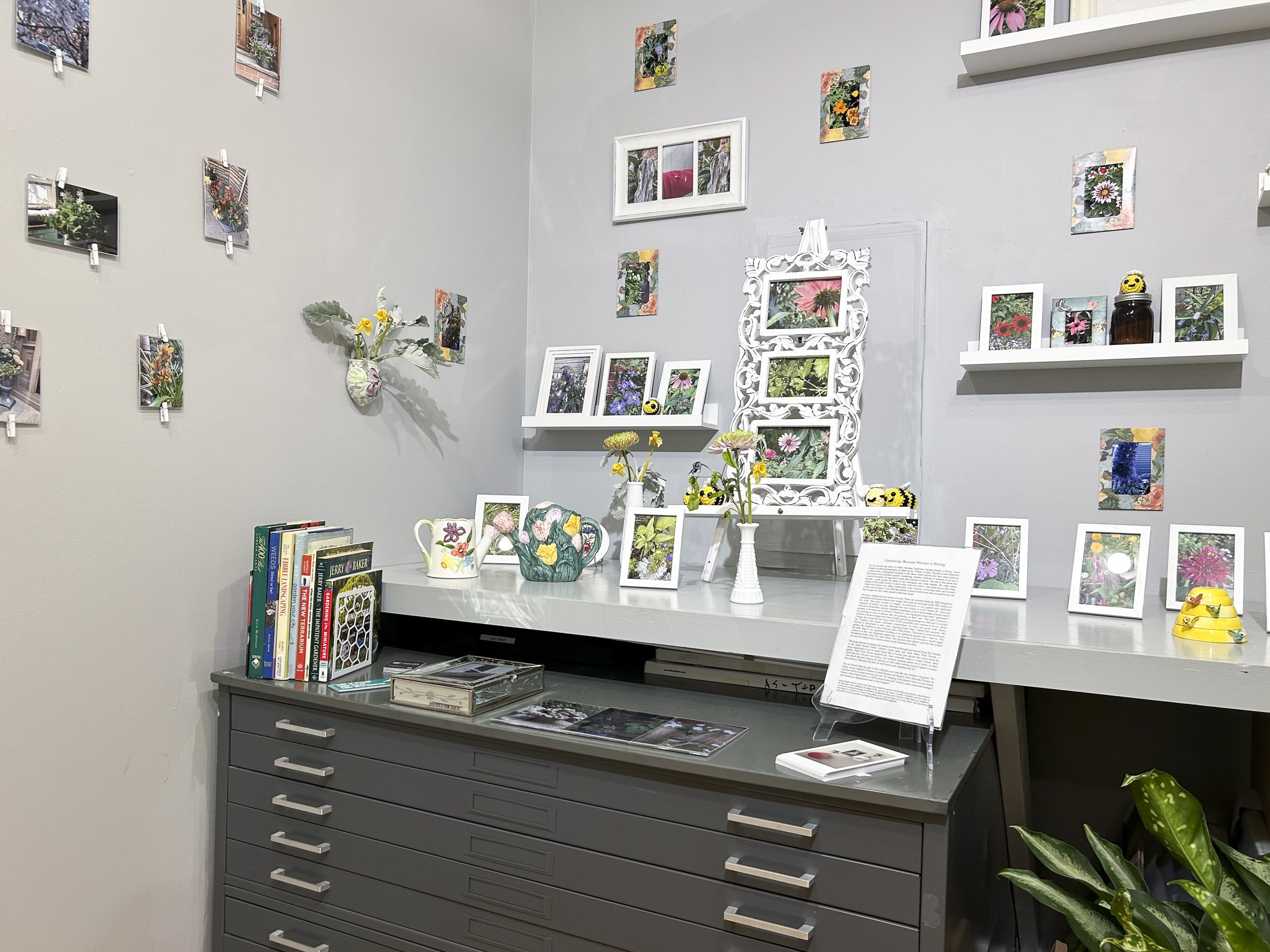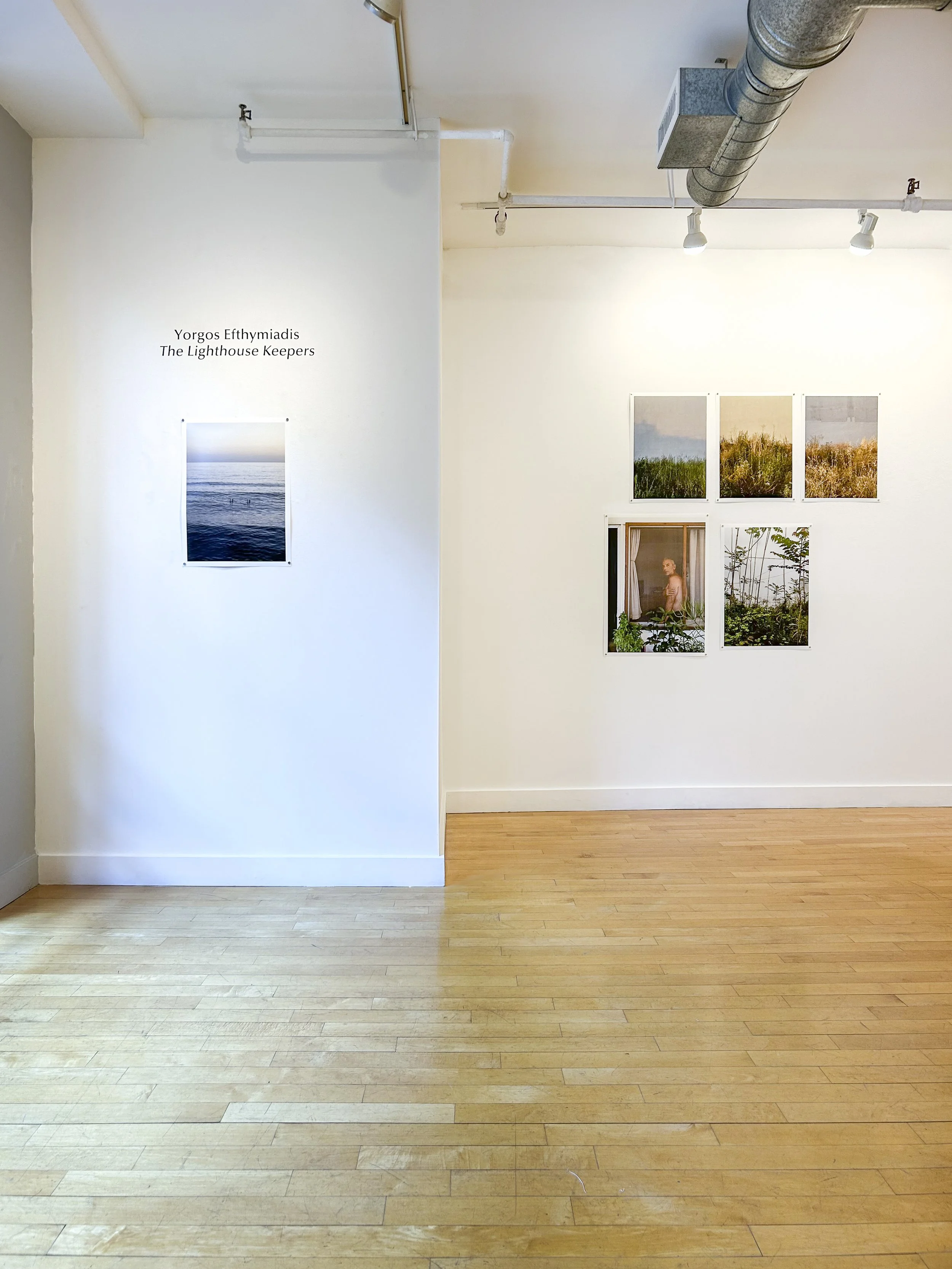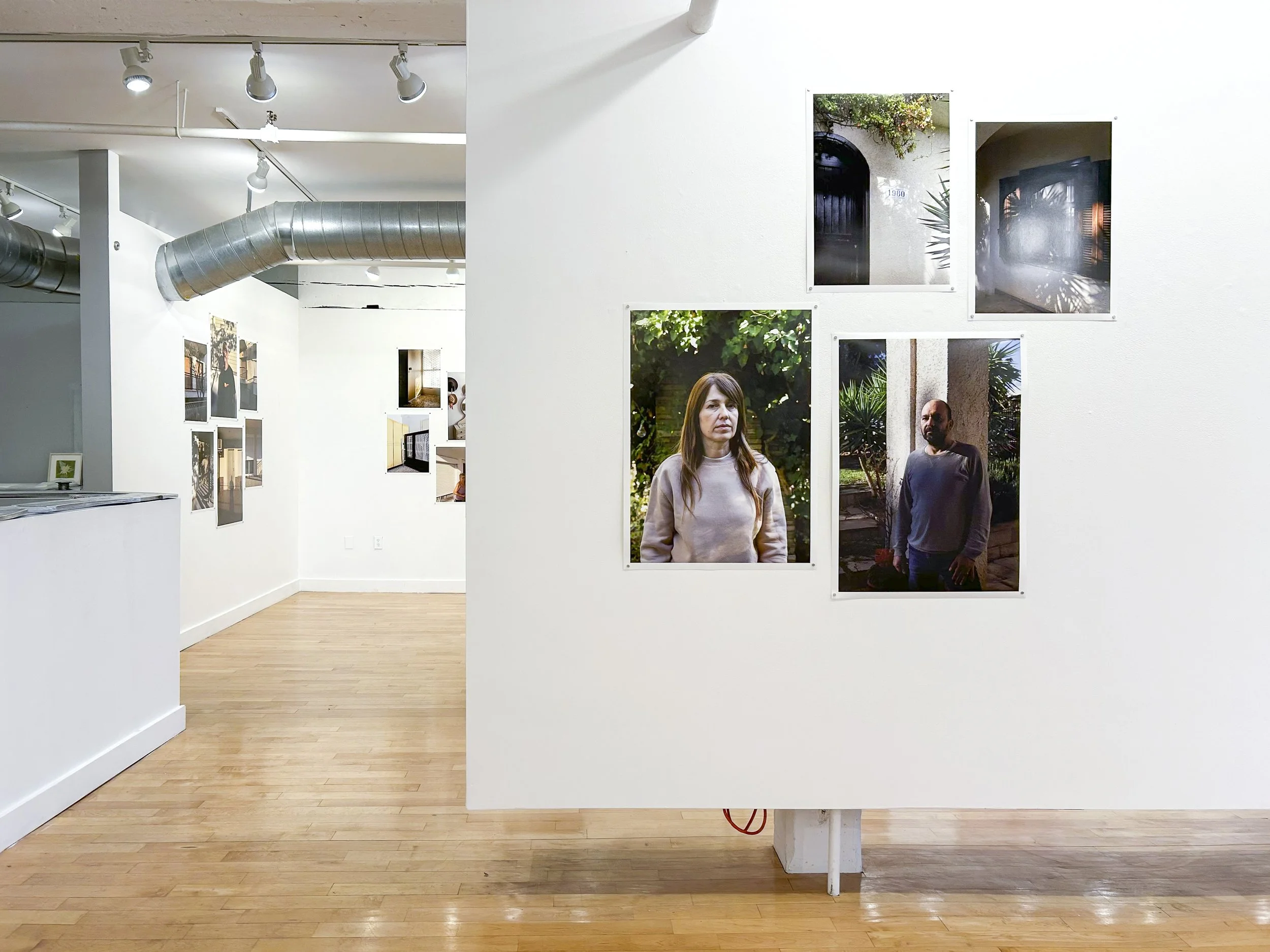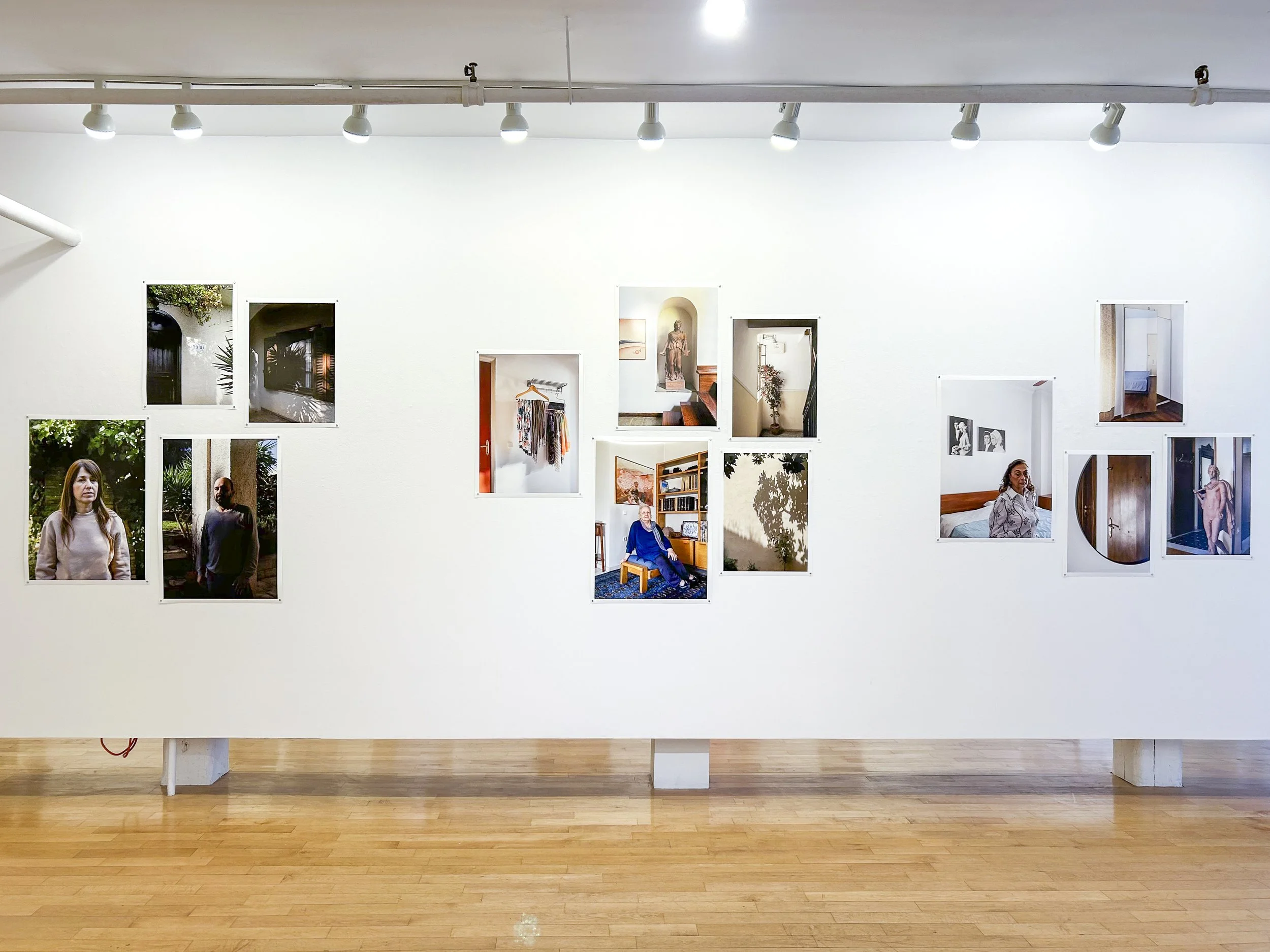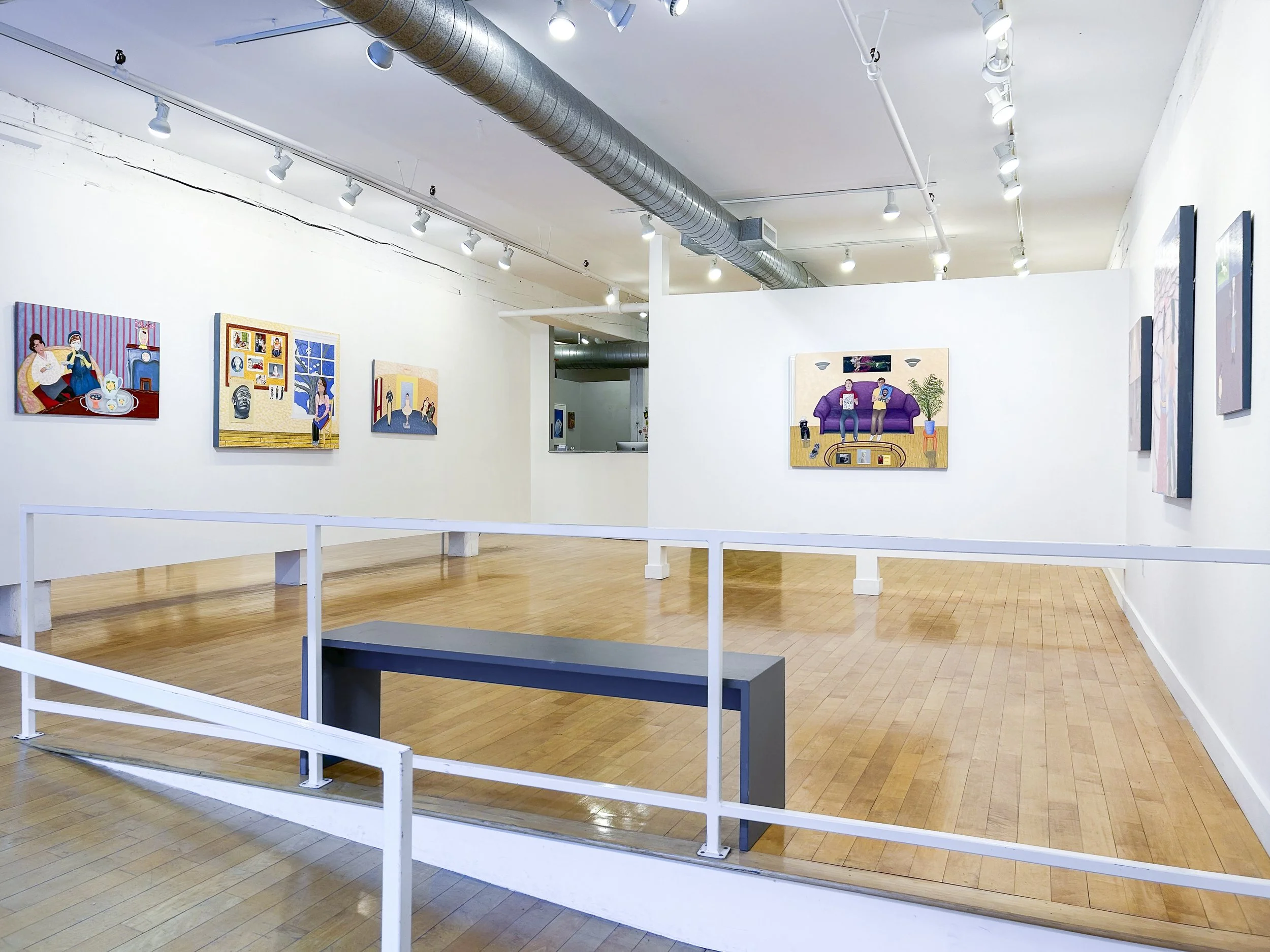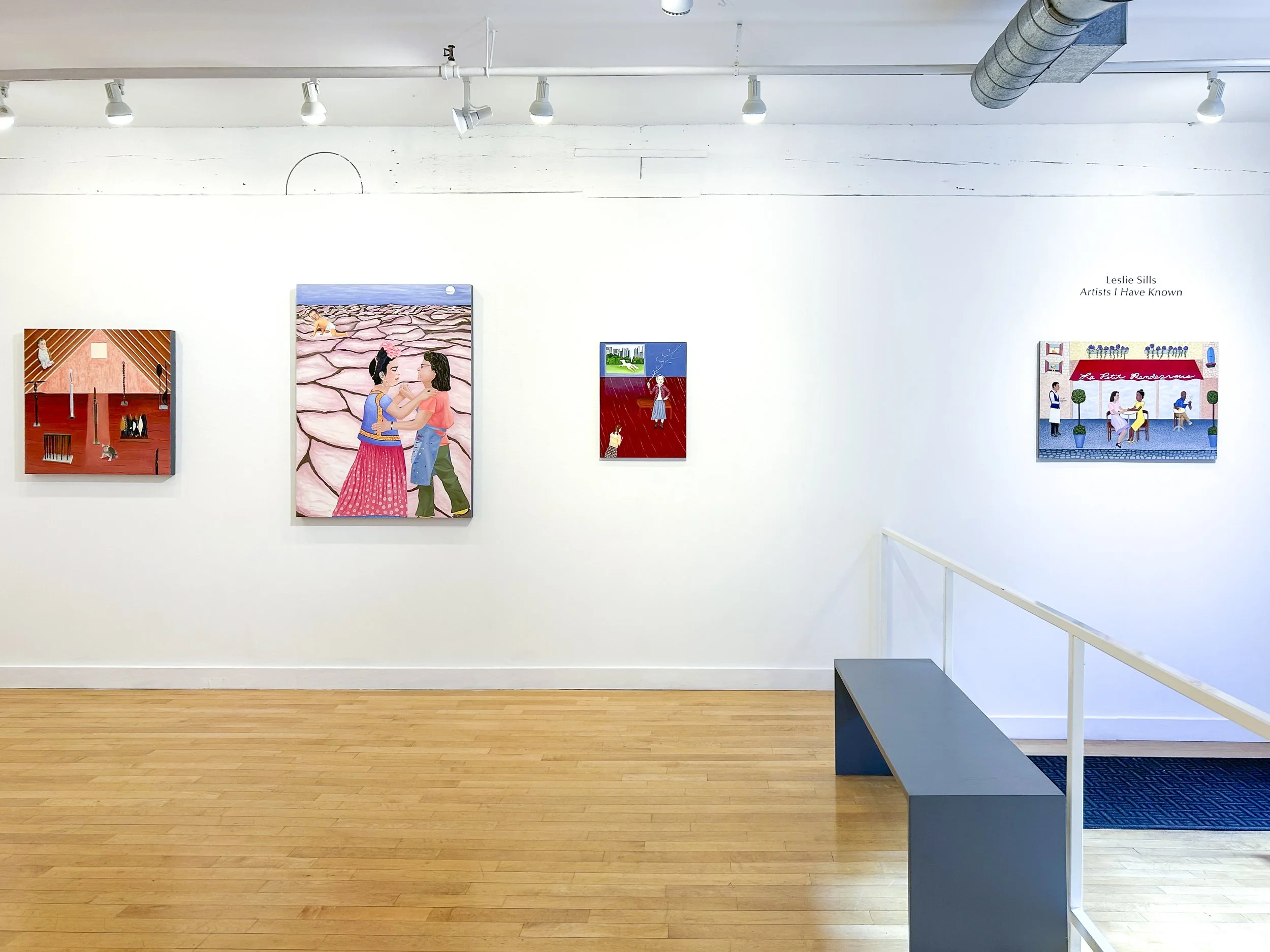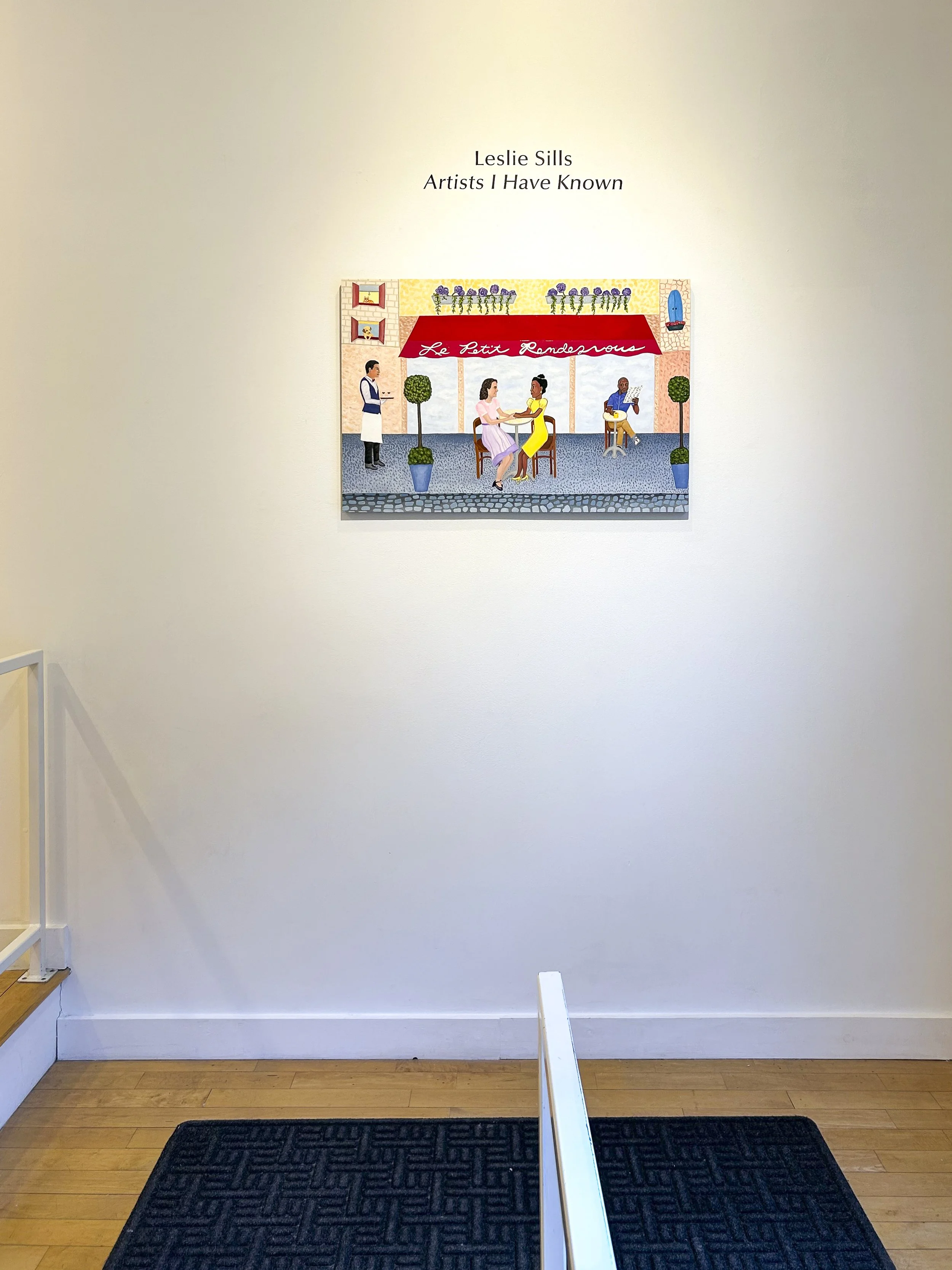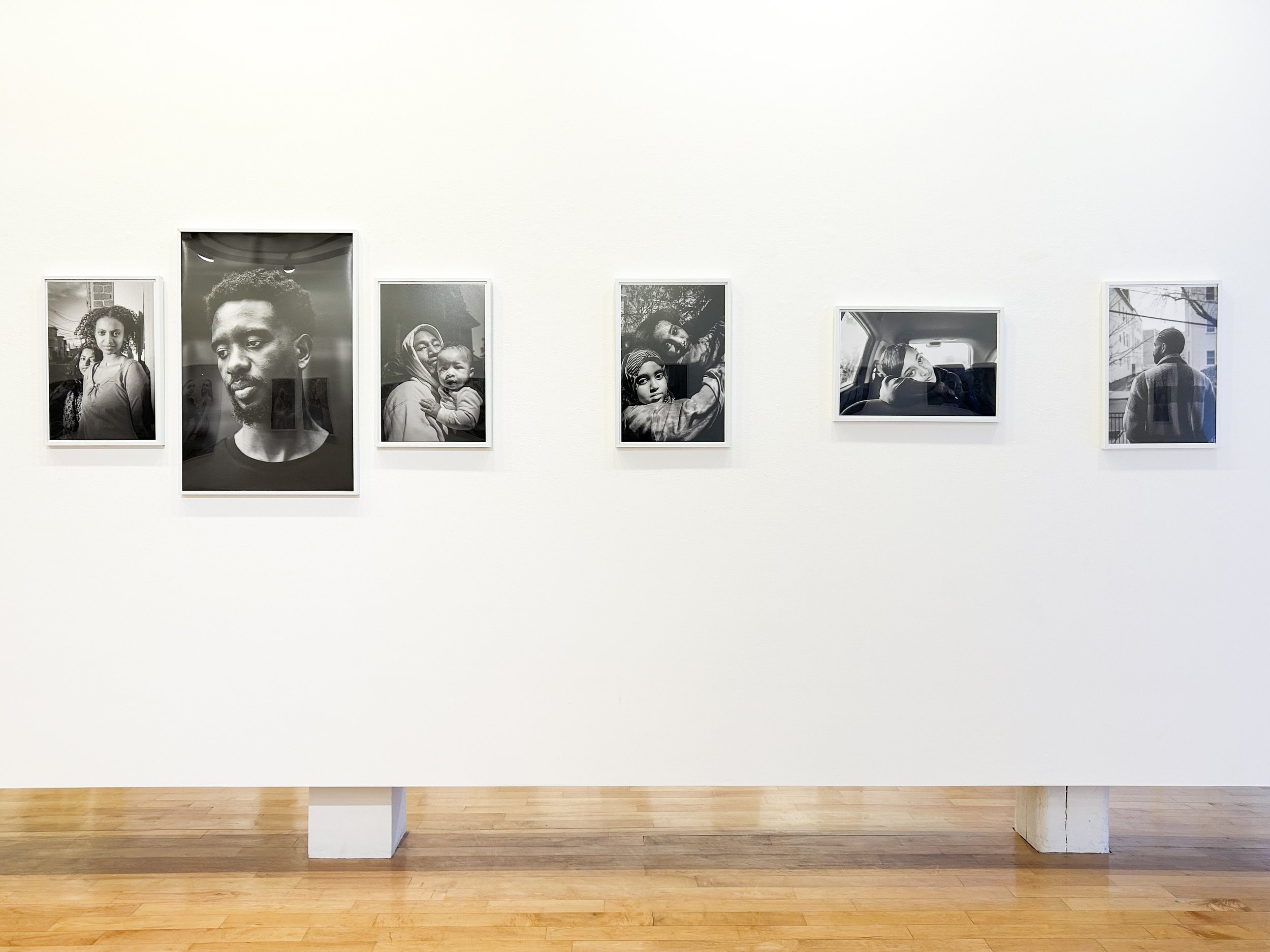Kevin Bennett Moore: No Bitter Fruit
Influenced by my own queer experience and ideals of mid-century American culture, my work investigates a familiar environment that alludes to something more enigmatic. Creating vignettes of this space and time allows for the images to exist in reality or remain fictitious.
No Bitter Fruit explores uncertainty in the American dream by utilizing tropes from cinema we seem to recognize as a collective. These images become fragments of my transition out of a pandemic and into an America full of unknowns. By focusing on themes of disaster and tragedy I am able to address the human condition; attempting to thrive in times of turmoil.
In the fall of 1977, Jack Lueders-Booth began teaching photography to the inmates of Massachusetts Correction Institution (MCI) Framingham, a women’s prison.
During his decade at the facility, he would make a series of Polaroid images produced collaboratively with the women who lived in the prison. 32 of these images are presented in thisnew book alongside oral histories taken at the time by Booth.
Founded in 1878, MCI Framingham was opened to house incarcerated women for the crime of giving birth out of wedlock i.e., begetting, (Hester Prynne’s crime in Nathaniel Hawthorne’s 1850 novel, The Scarlet Letter). Some few years later MCI Framingham began incarcerating women for shoplifting, organized prostitution, using and trafficking drugs, armed robbery, child abuse, and murder. Many women at Framingham were convicted for helping their husbands or boyfriends commit crimes. By the Mid-70s, the correctional facility was part of an ongoing normalization experiment that sought to mitigate the psychological consequences of incarceration. In Booth’s images, neither inmates nor guards are uniformed, cells are made to look like dormitory rooms, and inmates can furnish and decorate them within the constraints of guidelines. Male inmates were introduced, constituting 20% of the communal population. Many of the inmates in Lueders-Booth’s images had dependent children who were placed in the care of relatives or court-appointed foster parents, they were allowed to visit with an adult.
“My time there was scheduled to end in 1979, but by then I had begun photographing these women, and what began at their request grew to occupy me personally, and fully. I wished to continue and did, remaining at MCI Framingham for another 7 years, photographing, while also tutoring inmates who had a continuing interest in photography.' Jack Lueders-Booth
These Polaroid pictures, which were shot alongside a wider black and white series, were intentional. In 1980, having been awarded two consecutive fellowships with the instant camera company, Lueders-Booth had access to infinite film and began making these photographs. Included alongside Lueders-Booth's images, are a series of oral histories, and poems taken from female prisoners at MCI Framingham Prison.
Robert Moeller: Democracy Under Seige
The work consists of very rough, fragmented portraits of people who stormed the Capitol on January 6th. The portraits are “fictionalized” and aren’t representative of actual people but rather depict the emotional duress of a democracy under siege, along with the craziness that accompanied it.
On January 6th, 2021, after an incendiary rally held by Donald Trump and his Republican Party allies, thousands of his supporters stormed the U.S. Capitol building in an attempt to overturn the election. As a consequence of the attack, 5 people died, and hundreds (mainly police officers) were injured, some seriously. While these events unfolded, the President sat in the White House and watched on television as his supporters violently beat police, vandalized the Capitol Building and insisted that the Vice President be hanged for treason.
In this abridged version of an ongoing, larger project that focuses on a time where it seemed half of America was at war with science, the rule of law, and an unrelenting pandemic, “A Series of Seditious Portraits with Adjacent Landscapes” focuses on the individuals that stormed the Capitol on January 6th.
These portraits attempt to depict the interior surfaces of an insurrection, the spaces that are/were filled with anger, misinformation, and the unruliness of the mob with its public facing displays of violence. The forms are fragmented, half-drawn and brutal. Crushed charcoal is dragged and pushed to shape faces and limbs. Paint tugs at the figures, pulling at them and forcing them to abruptly reconsider their shape in the world. Extremities are missing or washed away. The figures are venomous cartoon characters, bloated and misshapen yet also fragmented and confused. Some have simply been swept away by lies and maddened by propaganda and social- media-based conspiracy theories. As many will learn, they are also disposable. Long prison sentences for those involved would confirm this fact.
The figures are accompanied by kinetic landscapes that propose that the narrative is ongoing and that information and even reality itself is still up for grabs. The landscapes are footnotes that are not even remotely pastoral but rather ruined battlescapes of destroyed habitats and debris with violence presented as an abstraction. They follow the portraits with snapshots of erratic emotions and conflict, while subtle areas of green space suggest the possibility of new conversations to be had.
When every fact is open to being reinterpreted as a lie, the truth vanishes and is replaced by violence and chaos.
Karen Moss: PORTRAITS: PERSONAL SPACES
Months of forced isolation during the first year of Covid made me acutely aware aware of how my life experiences were reflected in the objects that surrounded me. Things from my travels, photos of family and friends, books and artwork I had acquired by other artists composed my world.
Isolation led to self-portraits. First one of myself in a Frida Kahlo print bathrobe sitting among my plants and one of my husband in his sci-fi library and music room. I enjoyed doing these but I missed being with other people. It then occurred to me that I wanted to do their portraits as well.
Since I was unable to visit them in person, I had to work remotely. I selected people I knew who had home environments that reflected their careers and special interests or studio spaces where they created their work. The project was challenging as I totally depended on them to cooperate with me in providing photos of themselves and their surroundings.
In order to get started, I asked each participant to send me a photo of themselves in their favorite chair or location where they preferred to pose. From that spot I would build out the drawing like a director creating a stage set. I would instruct them as the drawing progressed to send details of their furniture, rugs, books on shelves, paintings, musical instruments, plants and pets. As a result, I came to know them in greater depth as we connected through this process. When Covid cases eased up I was able to visit people in person and included a few portraits of artists in their studios.
Having the opportunity to connect with these amazing individuals has been an enriching experience for me. I feel like this exhibition has become a community on paper composed of poets, artists, gallerists, art historians, musicians, authors and curators. I hope that the participants will enjoy meeting each other in person.
Laura Evans: Small World
Small World is composed of “Thingamajigs” which are what I call my recent and smallest sculptures. This series started in mid-2022 when we were all coming out of the emotional trauma of the Covid-19 epidemic and the upheaval and constant friction of socio-political forces.
Working with unused (but saved!) bits and pieces of my collected “treasures” at a very small scale helped me to get kick-started again in my studio. Even now, when I return to my studio space, I often begin by rearranging, stacking and playing with new combinations of materials. This “noodling around” transition time allows me to let go of the daily time-based, “logical” world and move into the imaginative and creative life of my studio.
I have titled this presentation Small World in homage to childhood innocence and exploratory play, a realm I get to re-visit through my delightful grandchildren who, unknowingly, invite me to share their curiosity and joy, setting off echoes of my children’s and my own cherished childhood experiences.






































































